Stephen E. Braddock's Ireland Diary
Today I visited the towns of Roscommon and Athlone.
On the way I stopped at Boyle Abbey. In 1161, the Cistercian monks established the abbey at Boyle in County Roscommon. The monastery was completed about 1220.
Today, only small parts of the cloister remain, as the Elizabethans converted it into barracks in 1592 and the Cromwellians besieged it in 1645. Despite its ruined state, the abbey is an excellent example of Ireland’s early Cistercian foundations.
In the middle of a field in Roscommon I stopped to see a statute that was erected by locals and "dedicated to those who gave their lives for the 32-County Republic which has yet to be attained."
Elphin Windmill is a fully restored 18th-century tower mill in Elphin, County Roscommon, viewed as a rare piece of Irish industrial architectural heritage, and possibly the oldest operational windmill in Ireland.
The bustling town of Athlone is located on the boundaries of two counties, Westmeath and Roscommon.
Athlone has a character and local vibrancy all its own. Known as a “gateway to the West”, Athlone’s location on the River Shannon makes it a popular stop, but I found it very peaceful and quaint, and a place I'd like to return.
Athlone is where my grandfather Clarke was held for a period of time in an internment camp before being transferred by the Black & Tans to prison in Dublin.
I went by the camp which is still an operational military barracks and is not accessible to the public. The Barracks, which is the oldest occupied Barracks in Europe, was named Custome Barracks by General Sean MacEain following its take-over from British forces in 1922. The present large complex has evolved from a barrack-building program of the 1690's .
Sean’s Bar holds the Guinness Book of Records title as the oldest pub in the British Isles. It has a detailed and documented history right back to 900AD. During renovations in 1970, the walls of the bar were found to be made of "wattle and wicker" dating back to the ninth century. Old coins which were minted by various landlords for barter with their customers were also found . The walls and the coins are on display in the National Museum. One section remains on display in the pub, it is located in the left bank area of Athlone Town.
Athlone Castle was first built to defend the crossing point on the River Shannon and evolved into a bold defensive structure over the centuries.
Tomorrow I will move on to Dublin, about 7-miles from the city centre, and then to Trinity College for a final night on Monday.
frbraddock
23 chapters
16 Apr 2020
Day 18: Roscommon & Athlone
August 25, 2018
|
Ballinasloe, County Galway
Today I visited the towns of Roscommon and Athlone.
On the way I stopped at Boyle Abbey. In 1161, the Cistercian monks established the abbey at Boyle in County Roscommon. The monastery was completed about 1220.
Today, only small parts of the cloister remain, as the Elizabethans converted it into barracks in 1592 and the Cromwellians besieged it in 1645. Despite its ruined state, the abbey is an excellent example of Ireland’s early Cistercian foundations.
In the middle of a field in Roscommon I stopped to see a statute that was erected by locals and "dedicated to those who gave their lives for the 32-County Republic which has yet to be attained."
Elphin Windmill is a fully restored 18th-century tower mill in Elphin, County Roscommon, viewed as a rare piece of Irish industrial architectural heritage, and possibly the oldest operational windmill in Ireland.
The bustling town of Athlone is located on the boundaries of two counties, Westmeath and Roscommon.
Athlone has a character and local vibrancy all its own. Known as a “gateway to the West”, Athlone’s location on the River Shannon makes it a popular stop, but I found it very peaceful and quaint, and a place I'd like to return.
Athlone is where my grandfather Clarke was held for a period of time in an internment camp before being transferred by the Black & Tans to prison in Dublin.
I went by the camp which is still an operational military barracks and is not accessible to the public. The Barracks, which is the oldest occupied Barracks in Europe, was named Custome Barracks by General Sean MacEain following its take-over from British forces in 1922. The present large complex has evolved from a barrack-building program of the 1690's .
Sean’s Bar holds the Guinness Book of Records title as the oldest pub in the British Isles. It has a detailed and documented history right back to 900AD. During renovations in 1970, the walls of the bar were found to be made of "wattle and wicker" dating back to the ninth century. Old coins which were minted by various landlords for barter with their customers were also found . The walls and the coins are on display in the National Museum. One section remains on display in the pub, it is located in the left bank area of Athlone Town.
Athlone Castle was first built to defend the crossing point on the River Shannon and evolved into a bold defensive structure over the centuries.
Tomorrow I will move on to Dublin, about 7-miles from the city centre, and then to Trinity College for a final night on Monday.
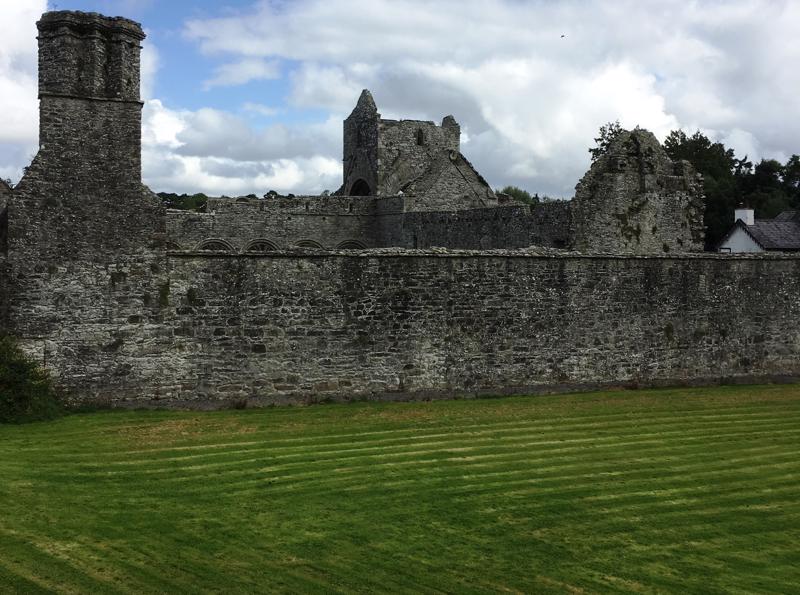
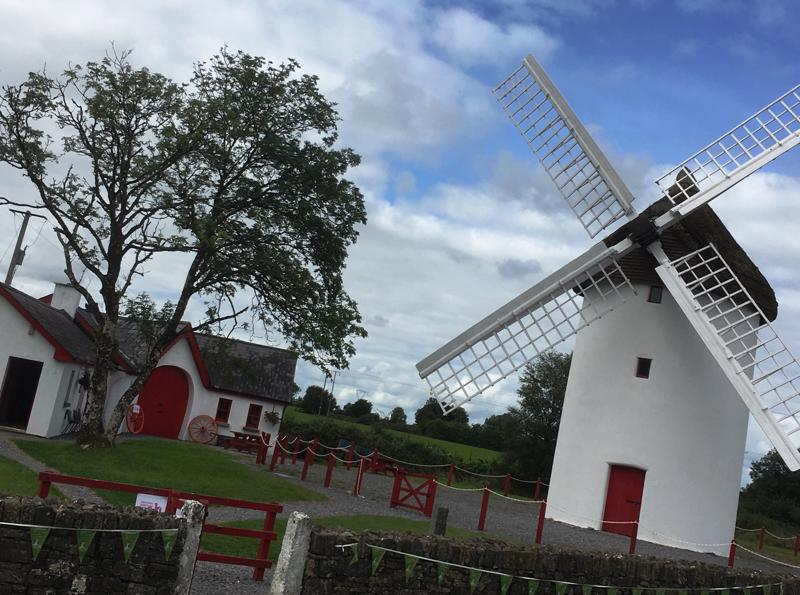
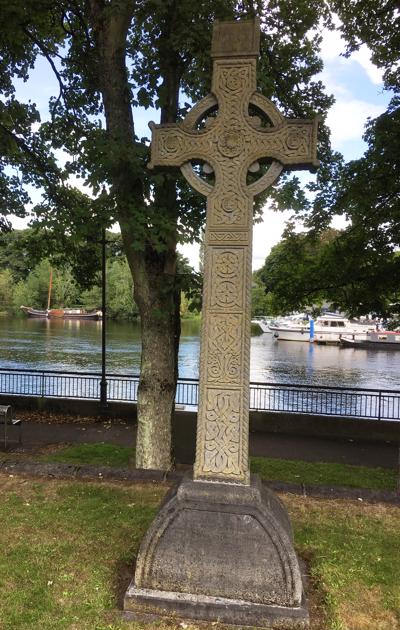
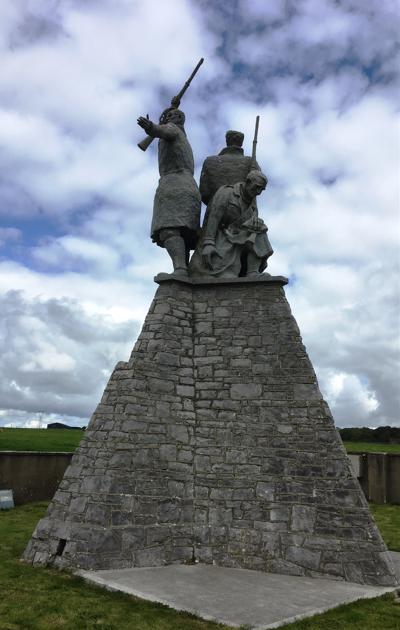
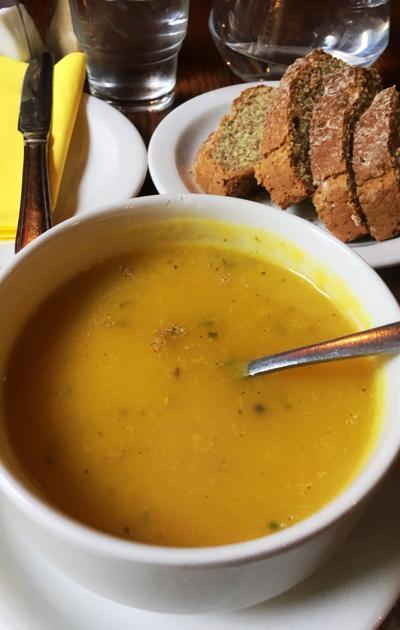
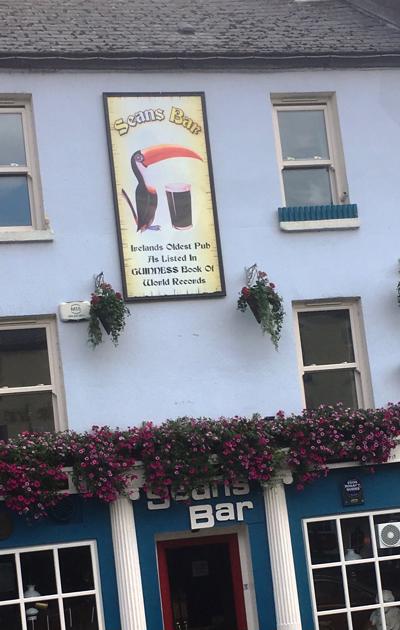
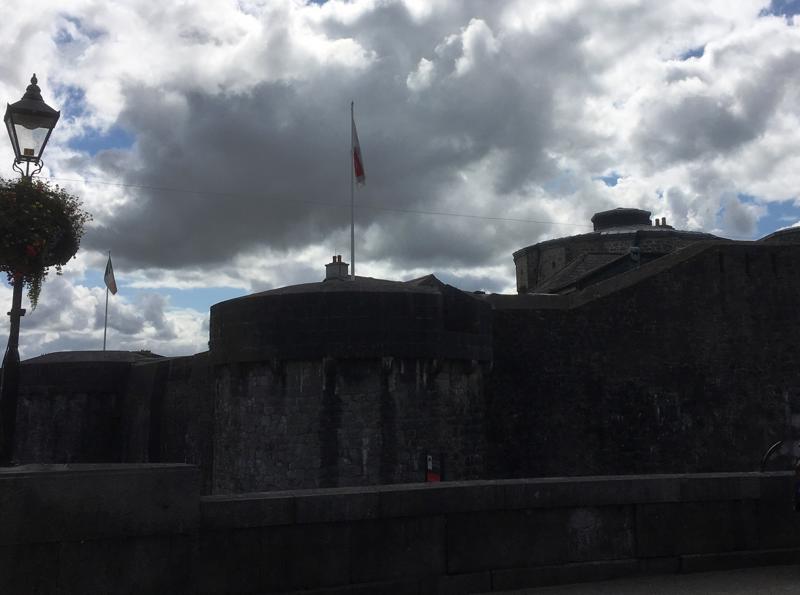
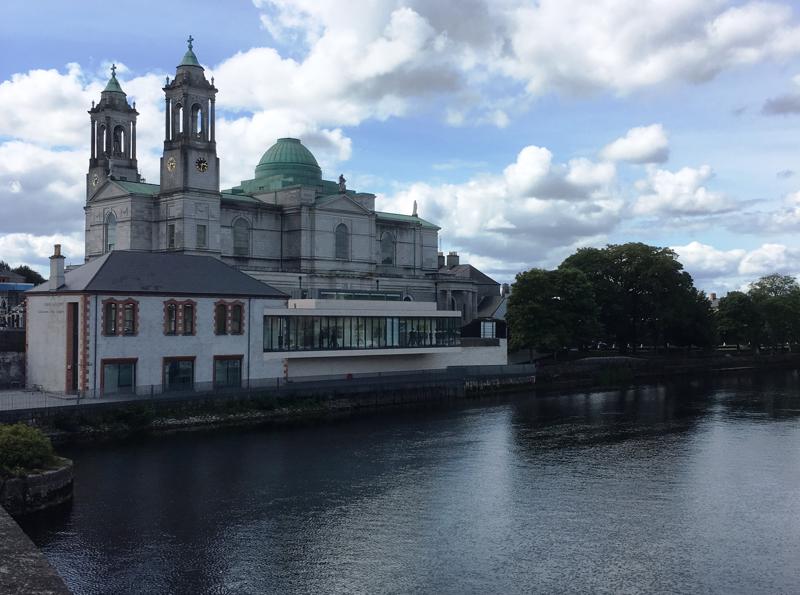

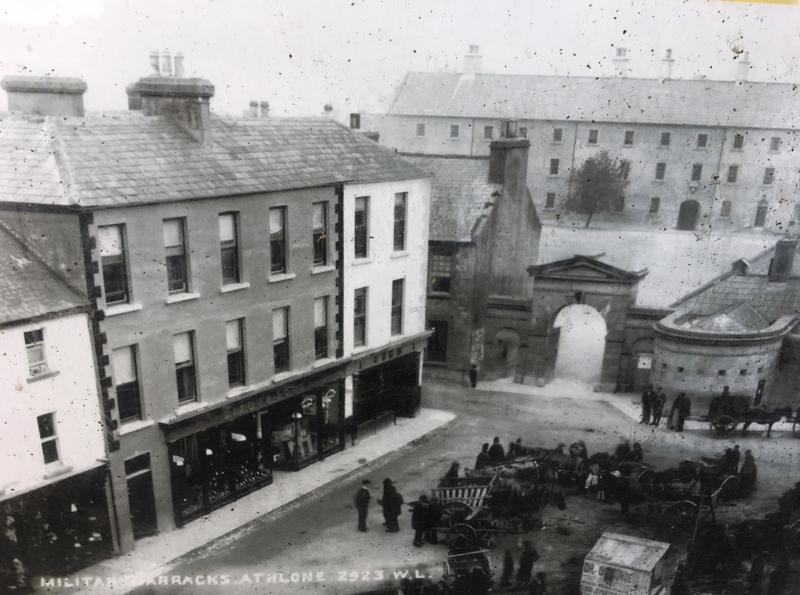
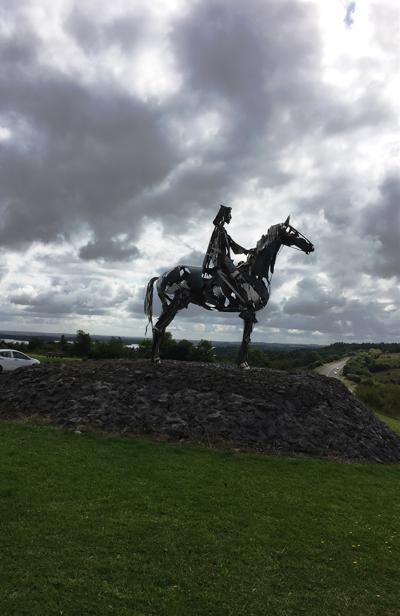
1.
Off to the Emerald Isle!
2.
Day 1: Dublin
3.
Day 2: Dublin
4.
Day 3: Dublin
5.
Day 4: Rosslare Harbour
6.
Day 5: Kinsale
7.
Day 6: Kinsale Part Two
8.
Day 7: The Wild Atlantic Way Begins...
9.
Day 8: The Wild Atlantic Way to Killarney
10.
Day 9: Tralee
11.
Day 10: Tarbert
12.
Day 11: Loop Head
13.
Day 12: Ballinasloe, Clarke Family History, & Knock Shrine
14.
Day 13: Galway City
15.
Day 14: Ballyvaughan - The Burren, County Clare
16.
Day 15: Cliffs of Moher. ALONE!!!
17.
Day 16: Connemara & Sligo
18.
Day 17: Sligo and Great Grandparents Devins
19.
Day 18: Roscommon & Athlone
20.
Day 19: Kildare, County Kildare & Dublin City
21.
Day 20: Mountjoy Prison, Dublin
22.
Day 21: Erin Go Bragh!
23.
Notes: Places I'd Stay Again
Share your travel adventures like this!
Create your own travel blog in one step
Share with friends and family to follow your journey
Easy set up, no technical knowledge needed and unlimited storage!